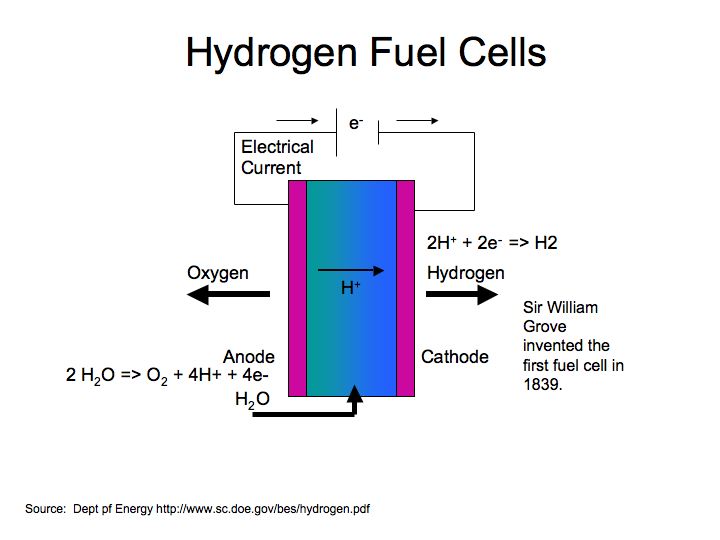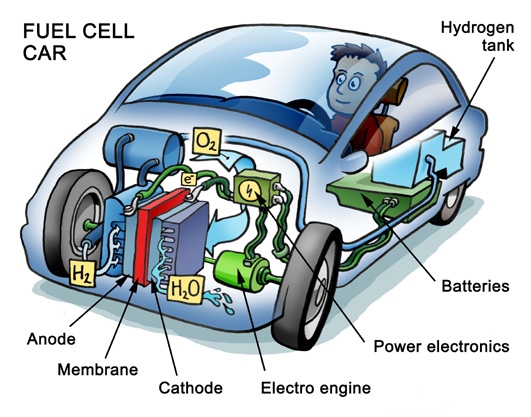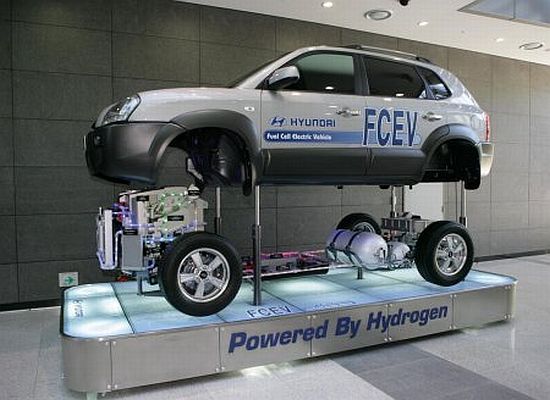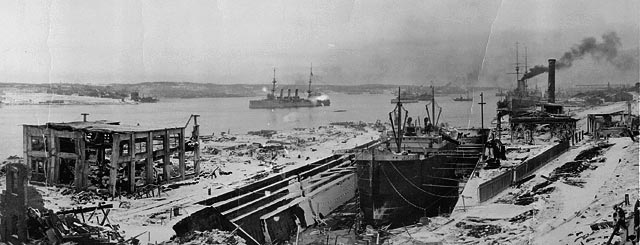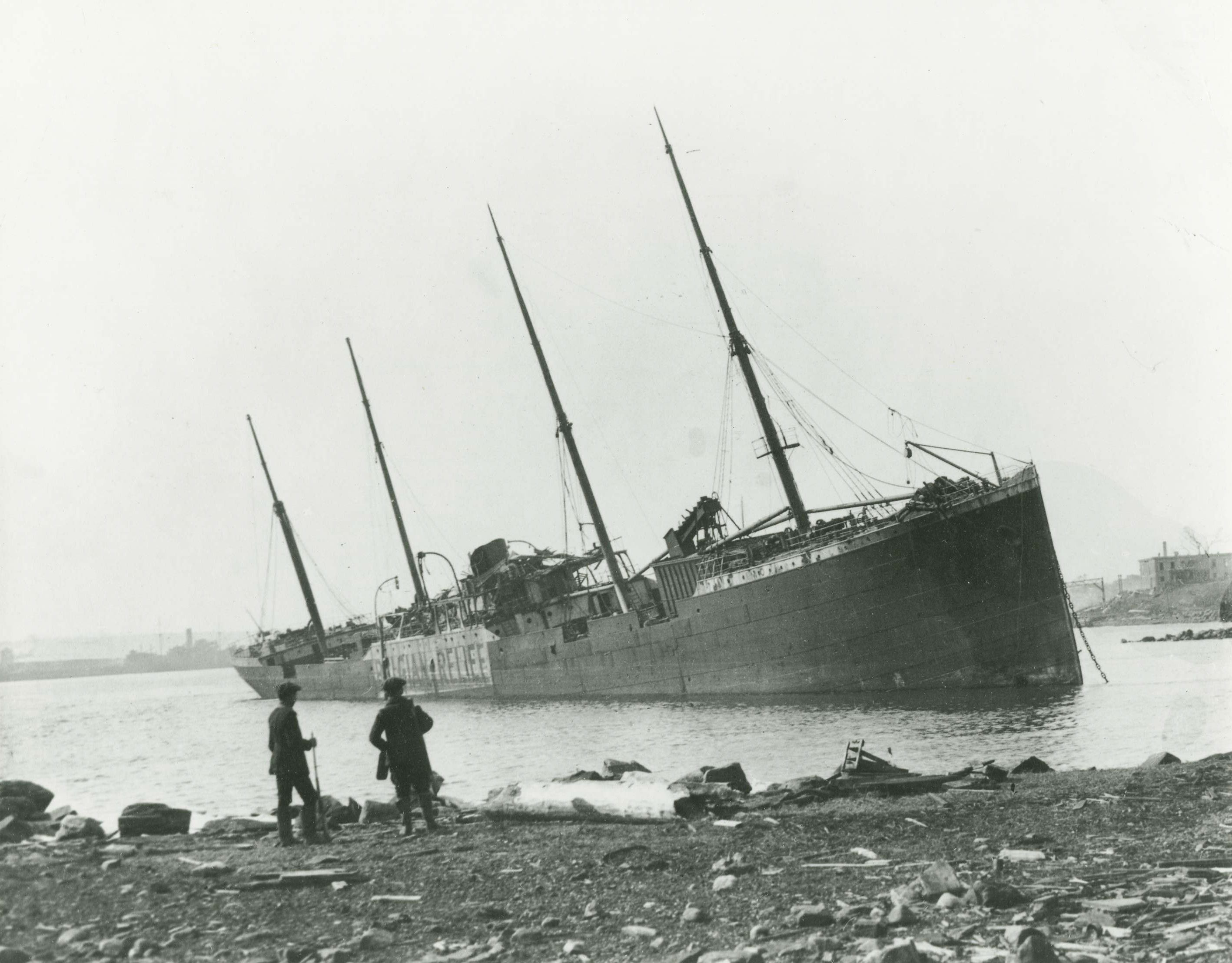Globalization, the Internet, and Socialization
Unit 2 - Economics, Globalization, and the Concept of Diffusion
Learning Objectives:Unit 2 - Economics, Globalization, and the Concept of Diffusion
- The creation of the internet has allowed people to connect with others on a global scale without geographical limitations.
- The increased use of social networking sites, particularly among youth, is drastically changing the way people interact.
- The Internet promotes individuation but not isolation; people seek out and socialize with others based on shared qualities through networks.
- Social interaction is actually increased by the Internet, it has just shifted from the physical world to the virtual world.
Background Summary:
In 1962, DARPA created the first "Internet" system to enable communication between government computers. In 1991, Tim Burners-Lee launched the World Wide Web that we know and use today. Since then, the Internet has seen the introduction of browsers, web sites, search engines, and social media. It has changed drastically from it's initial creation to its modern state, and it has impacted our society more than anything else in the modern world.
Today, billions of people use the Internet for socializing. Websites such as Facebook and Twitter allow individuals on completely different continents to interact on a personal level. The use of social media has become so ingrained into our society that it is considered highly unusual for someone to not have at least one social network account. The Internet and social media have blown up communications to a global scale, allowing for information to travel faster and farther than ever before. People use social networking sites for everything from sharing photos with family to coordinating revolutions. The Arab Spring that occured between 2010 and 201, for example, was largely stimulated and planned through social media. These sites also change how we get information. When something happens, people immediately post it or tweet it or share it or like it or pin it or reblog it or Snapchat it. Because of this, news travels faster and people get more first-hand accounts of events. Social networks open up dialogue between individuals of differing opinions, promoting open debate and disscussion. Websites like Facebook and Twitter in particular have a powerful impact on how people percieve information.
There is much debate over whether or not so much virtual interaction is good for us. Some authorities believe that the transition from physical, face-to-face interaction to virtual interaciton is harming our society, but others think that it is actually benefiting our social skills. Most studies show that people who actively use social networks balancing their virtual interactions with their physical interactions. Many even say that social media provides a healthy social climate for people, as individuals can seek out others like themselves.
TED Talks Nicholas Christakis: The Hidden Influence of Social Networks
Assessment: With the constant use of the Internet and social networks, there is a lot of concern for the impact on people's ability to socialize. After reading the articles and watching the TED Talk, write a discussion post (to be posted in the comments) in response to the questions below. Be sure to include references from the material provided and your own experiences with social media.
- What do you think are the biggest changes/impacts of social media on socialization?
- Do you think that social media and the Internet have harmed or helped social interaction? Why?
How Technology Makes Us Better Social Beings
A discussion of the impacts of technology on socialization
The Impact of the Internet on Society: a Global Perspective
An overview of the original article highlighting key points
The Social Side of the Internet
A survey of people's opinions on the Internet's ability to impact groups of people












